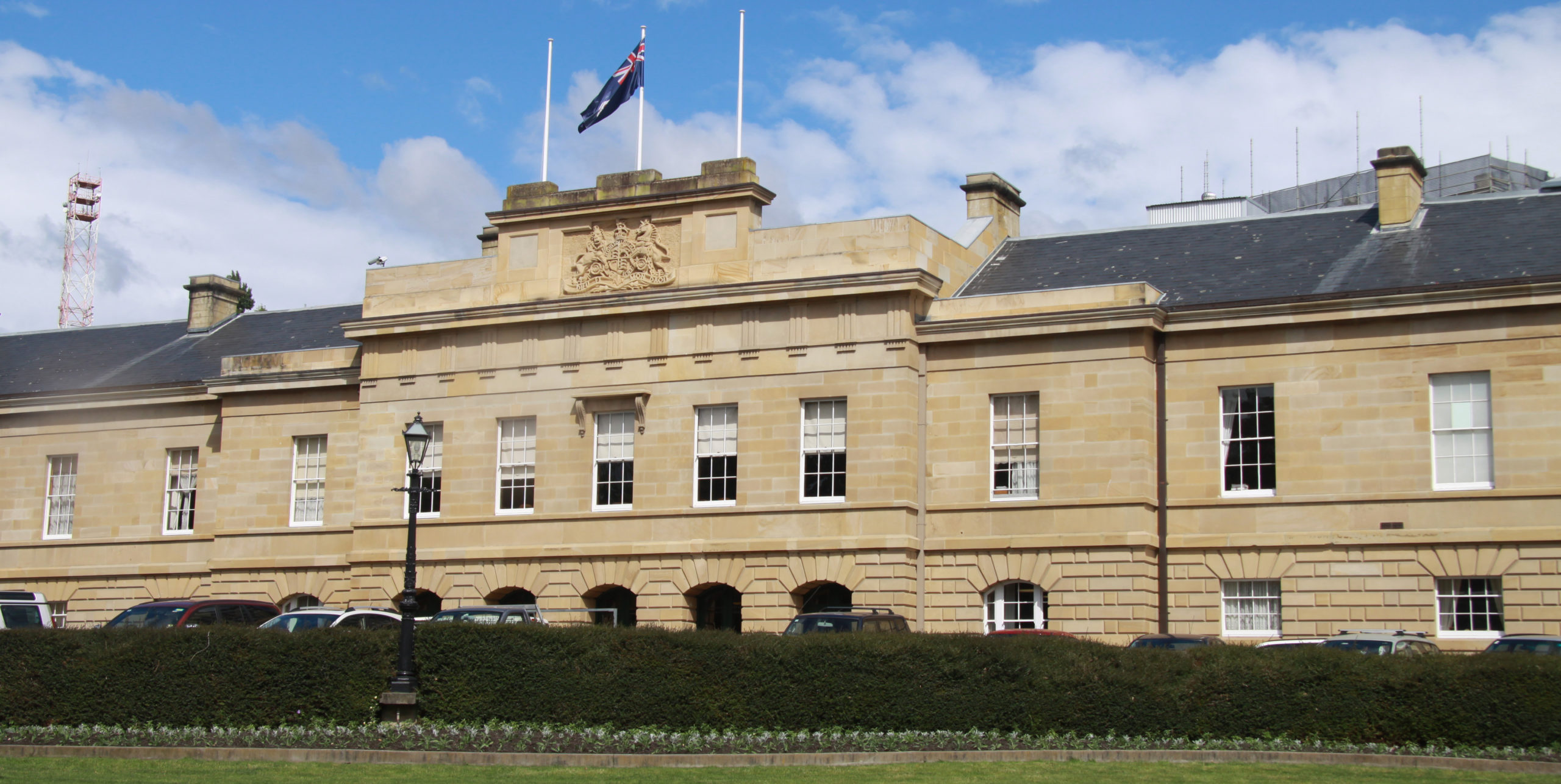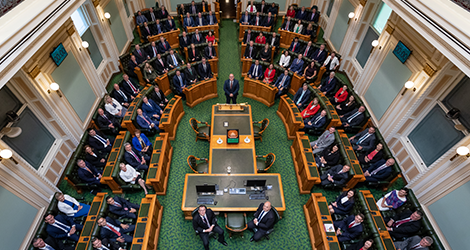The 2021 Census Socio-Economic Indexes for Areas (SEIFA) data was released today by the Australian Bureau of Statistics (ABS). This data offers a snapshot of relative socio-economic advantage and disadvantage across Australia and is used by governments of all levels to understand their communities.
Here are nine things you might not know about today’s release:
- Your town (or area) has a relative socio-economic advantage and disadvantage rank. After each Census, the ABS analyses certain information collected, including income, education, employment, occupation, housing, and family structure. This is then used to give each area a relative “rank” to indicate its socio-economic status. SEIFA ranks are available for Local Government Areas (LGAs), suburbs, and other areas.
- Neighbours can be different. Noosa and Gympie in Queensland are an interesting example of this rank applied in practice. Noosa ranked in the highest 20 per cent of LGAs, while neighbouring Gympie ranked in the lowest 15 per cent. This shows that socio-economic factors can be very different across areas, even if they’re close together.
- Attractive waterfronts. Nine of the 10 most advantaged LGAs are on waterfronts or close to water, including Sydney Harbour, the Darwin waterfront, and the Swan River in Perth. Woollahra on Sydney harbour’s southern shore ranks first among the most advantaged LGA in Australia.
- City professionals. 37 per cent of employed people in Hobart, the most advantaged LGA in Tasmania, are working professionals – partly explaining its high ranking. This compares to 20 per cent of the employed population of Tasmania and 24 per cent for Australia.
- Workin’ hard for the money. Walkerville in South Australia is the state’s second-highest ranking LGA for advantage. It also recorded 20 per cent of the population working more than 45 hours per week, compared with a state average of 17 per cent and an Australian average of 18 per cent.
- Boroondara (Vic) cashes in its qualifications. As well as being the most advantaged LGA in Victoria, 52 per cent of people living in Boroondara have a university degree. This was much higher than the 29 per cent for Victoria and 26 per cent for Australia.
- Canberra is unusual. Usually, we talk about SEIFA ranks for LGAs. The Australian Capital Territory (ACT) is unique because it is only one government area. This means it’s more meaningful to look at ‘Suburbs and Localities’ within Canberra to understand area-level differences in the ACT.
- The middle is interesting too! Areas around the middle of the rankings have indicators of both advantage and disadvantage. For example, Barkly is ranked 10 out of the 19 LGA’s in the Northern Territory (NT). While it has a higher proportion of people reporting no educational attainment (3 per cent compared with 1 per cent statewide), it has a higher proportion of employed people working in managerial positions (14 per cent compared with 13 per cent for NT) – typically more highly paid occupations.
- Why does it all matter? Socio-economic status data is commonly used by governments, industry and researchers. Using SEIFA, they can identify areas that need funding or services, business opportunities, the relationship between socio-economic disadvantage and health or educational outcomes, and much more.
Bonus fact!
- And finally – you can explore your local area and the variables driving its SEIFA rank using our QuickStats tool.
Most Advantaged | Local Government Area | Population | State |
|---|---|---|---|
1 | Woollahra | 53496 | New South Wales |
2 | Mosman | 28329 | New South Wales |
3 | Ku-ring-gai | 124076 | New South Wales |
4 | Darwin Waterfront Precinct | 293 | Northern Territory |
5 | North Sydney | 68950 | New South Wales |
6 | Waverley | 68605 | New South Wales |
7 | Lane Cove | 39438 | New South Wales |
8 | Peppermint Grove | 1597 | Western Australia |
9 | Nedlands | 22132 | Western Australia |
10 | Cottesloe | 7970 | Western Australia |
Most Disadvantaged | Local Government Area | Population | State |
1 | Woorabinda | 1019 | Queensland |
2 | Cherbourg | 1194 | Queensland |
3 | Belyuen | 149 | Northern Territory |
4 | West Daly | 2973 | Northern Territory |
5 | Yarrabah | 2505 | Queensland |
6 | Kowanyama | 1079 | Queensland |
7 | Wujal Wujal | 276 | Queensland |
8 | East Arnhem | 8778 | Northern Territory |
9 | Doomadgee | 1387 | Queensland |
10 | Central Desert | 3591 | Northern Territory |
a. Census 2021 Usual Residence Population

Description
Image: SEIFA Index of Relative Advantage and Disadvantage (IRSAD) 2021, by LGA
A map of all LGAs in Australia. Every LGA is coloured in one of 5 colours (red, orange, yellow, light blue, and dark blue). Each colour represents a different quintile score from the Index of Relative Socio-economic Advantage and Disadvantage (IRSAD). LGAs with a score of 1, are coloured red and represent the most disadvantaged LGAs in Australia, LGAs with a score of 2 are coloured orange and are less disadvantaged than those with a score of 1, those with a score of 3 are coloured yellow and represent LGAs less disadvantaged than those with a score of 2, and so on up through a score of 4 coloured light blue, and a score of 5 coloured dark blue representing the most advantaged LGAs.
Caroline Deans, ABS head of Census Dissemination
Grab 1
So, we’re talking about the SEIFA, the SEIFA is a ranking of all towns or all areas across Australia, according to their relative socio-economic advantage and disadvantage, and it uses Census data like income and education, employment and family structure for example.
Grab 2
Nine of the top ten most advantaged Local Government Areas in Australia are on the waterfront or close to the water, and these include Sydney harbour, the Darwin waterfront and also the Swan River in Perth, and the top ranked Local Government Area in Australia was Woollahra on Sydney harbour.
Grab 3
SEIFA is informed by data like employment and education and occupation, as an example in South Australia, in Adelaide, the Local Government Area of Walkerville is South Australia’s second highest ranked LGA, and its got 20 per cent of its population that works more than 45 hours a week, which is much higher than the South Australian average.
Grab 4
So, using data like occupation shows where there’s more advantage or disadvantage in Australia, and Hobart is the highest ranking LGA in Tasmania, 37 per cent of employed people in Hobart are working professionals, and that’s nearly twice the state average, clearly showing that relationship between level of occupation and their socio-economic advantage.
Grab 5
Education data is also related to socio-economic advantage and disadvantage, for example Boroondara is the most advantaged Local Government Area in Victoria, and 52 per cent of its population have a university degree, so more than half have a university degree compared to 29 per cent for the rest of the state.
Grab 6
Socio-economic status is used by many groups including government, businesses, industry, researchers, to determine things like funding for services, policy development, business opportunities, and it’s also used to show the relationship between socio-economic disadvantage and outcomes such as health and education.







